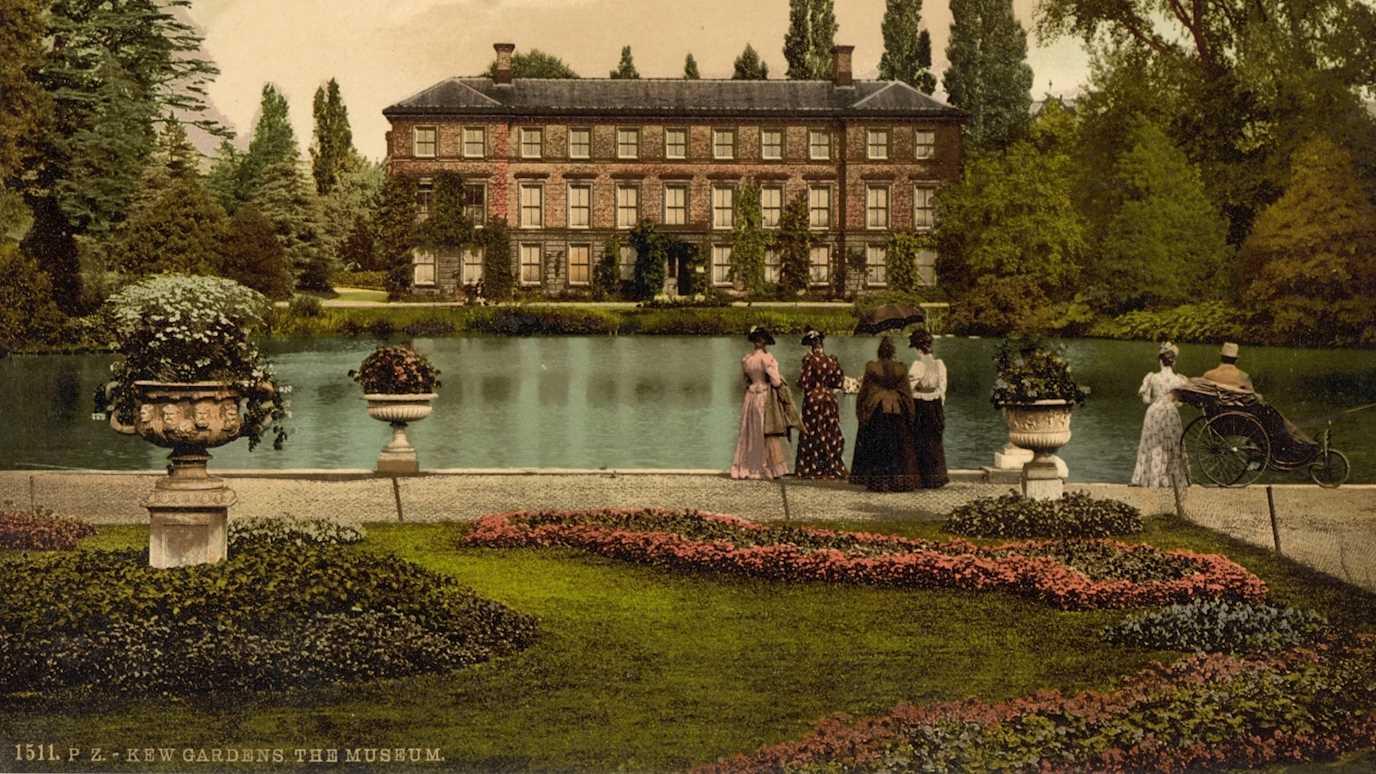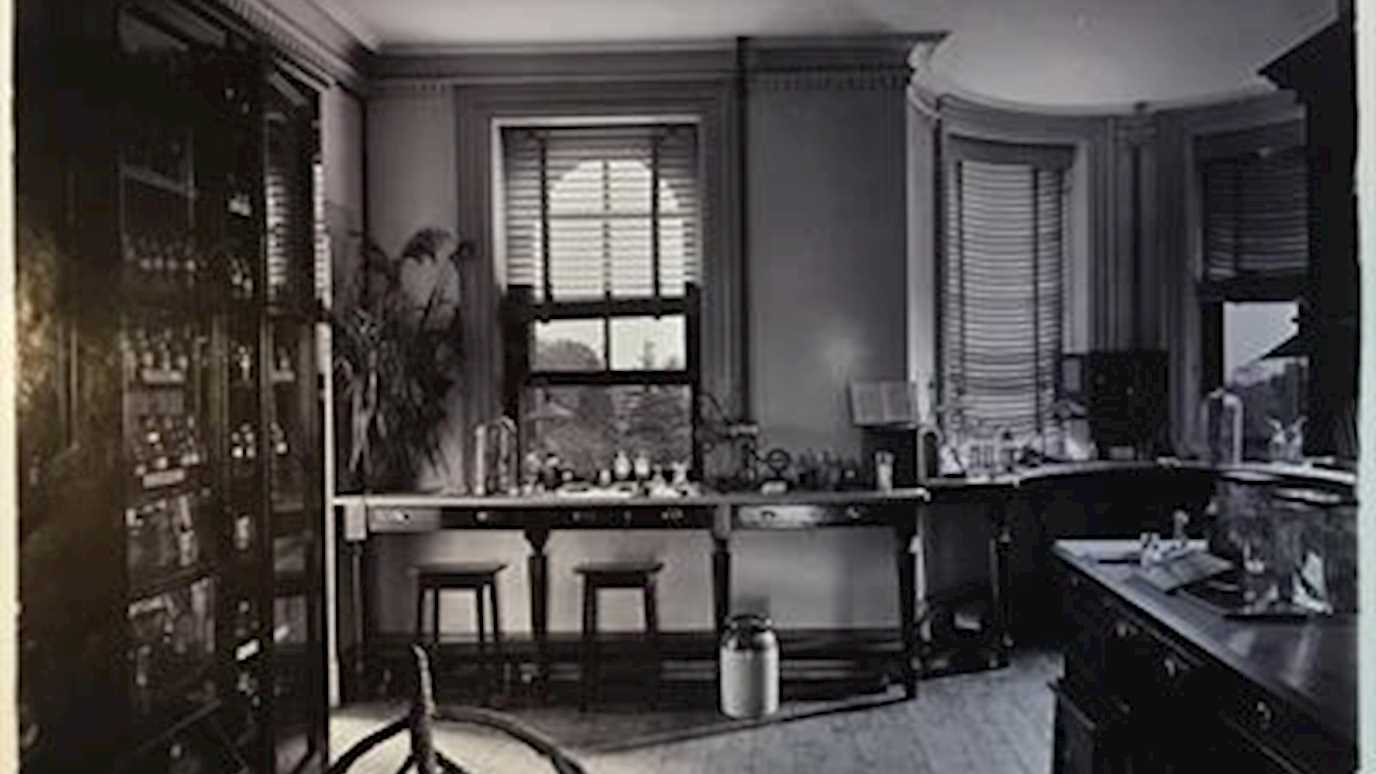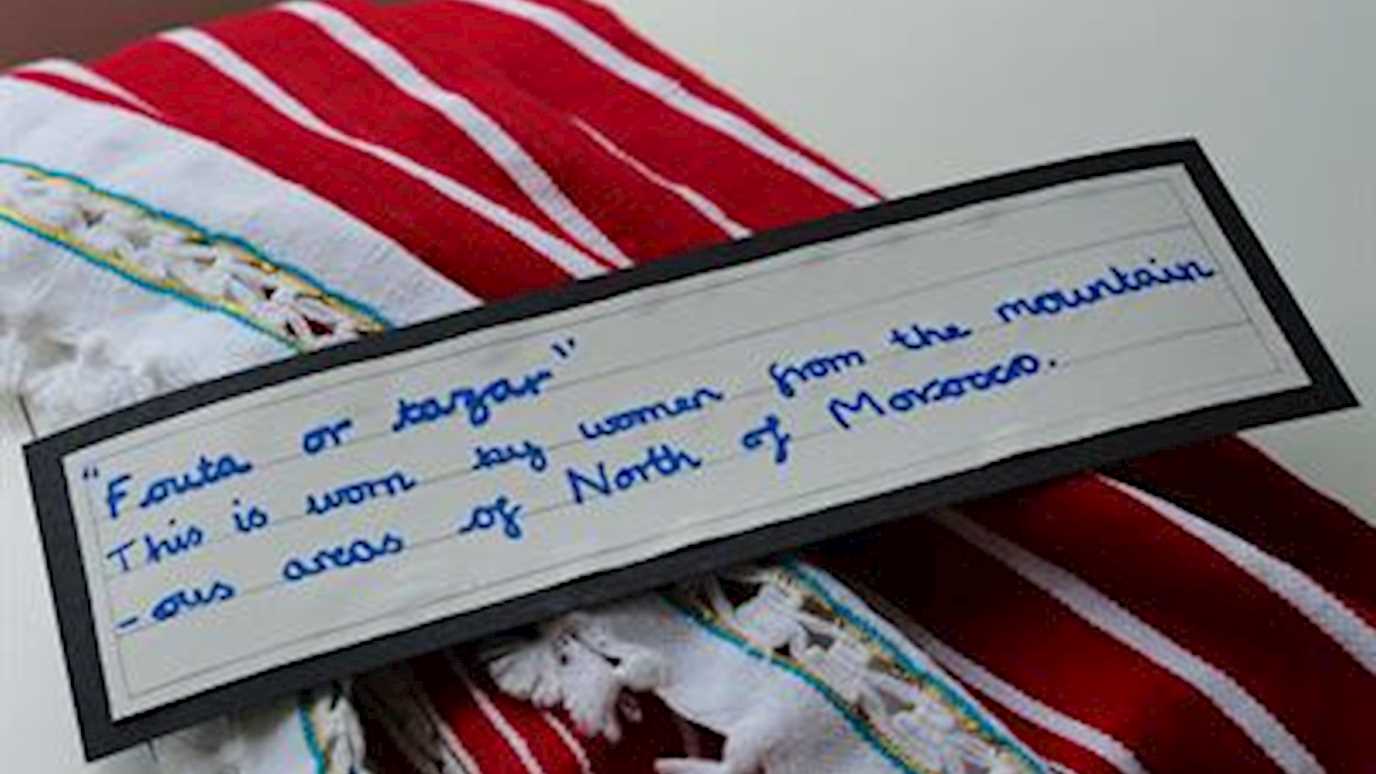Posted on 01/10/2018 by Mark Nesbitt
En route for a Mobile Museum tour of Australia, I have stopped off in Singapore. As well as being a welcome break in 20 hours of air travel, my main reason for coming is the opening of Singapore Botanic Gardens’ new Ethnobotany Centre and Garden. Just opened in June, this is a major new initiative for the Gardens, which has never had a museum of economic botany, nor (at least since the 1930s) a sustained programme of ethnobotanical research.
I can report that the result is a great success. The Centre is housed in an attractive colonial building, originally the Vice-Chancellor’s residence for the National University, recently returned to the Gardens. The ground floor has three displays: the Cornucopia of the Botanical World, showing how indigenous peoples make varied use of plants in southeast Asia; Plants shaping the Region, on colonial economic botany; and a short movie explaining that local communities are the best custodians of their lands. As in all the best museums of economic botany, there is a canoe, in this case suspended in the hallway.
Upstairs is a temporary exhibition space, currently featuring botanical art made during the Japanese occupation in the Second World War. It is a large room and one can think of lots of future exhibitions (some with Kew as a contributor of exhibits?) that draw on Singapore’s history as a commercial entrepot and centre of learning.
It was good to see the museum well-visited during the hour I was inside. People lingered at an ingenious digital exhibit, in which a frame moves across a wall display of economic plants, showing how they are grown, processed and used. It blended actual botanical material and digital content in an effective way. The Centre sits above a new ethnobotanical garden featuring useful plants of southeast Asia. As inside, there is a strong emphasis on religious and symbolic aspects of plants alongside other uses.
This is one of a number of new biocultural or ethnobotanical museums to open this year – the other notable example being the Stephen and Peter Sachs Museum at Missouri Botanical Garden. One of the aims of our Mobile Museum project is to retrace the connections and history of what was a global network of such museums. My visit to Singapore helped me reflect on why it didn’t have one before. Important economic botany collections generated by its staff, including Chinese medicines collected by Henry Burkill in the 1920s, ended up at Kew instead. Part of the answer might be that Singapore was primarily a conduit for plant raw materials produced elsewhere, and there was thus no local pressure for the kind of museum most useful to producers and consumers. The work of the Mobile Museum project will allow us to test this hypothesis.
























